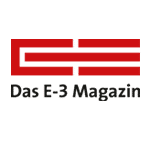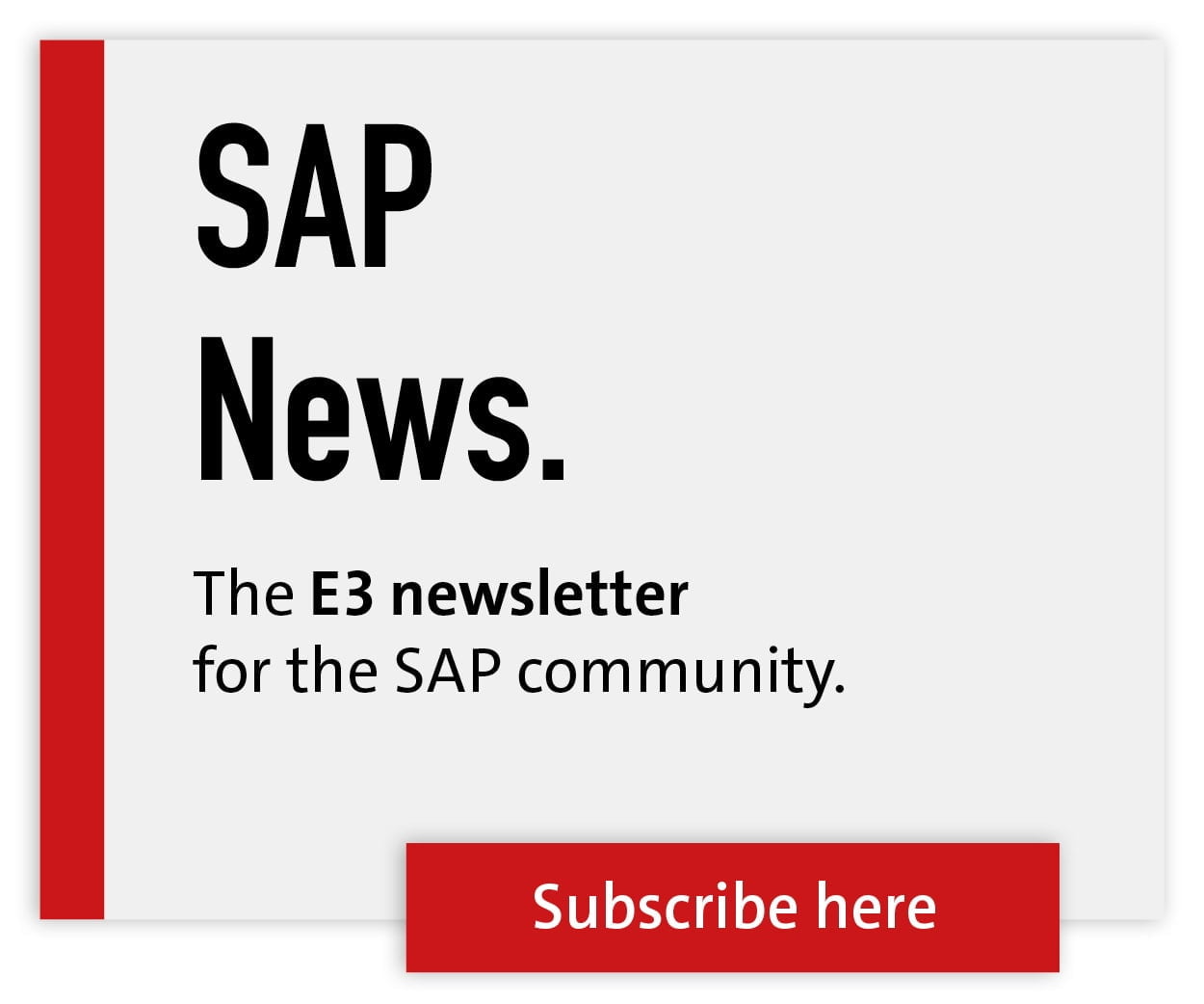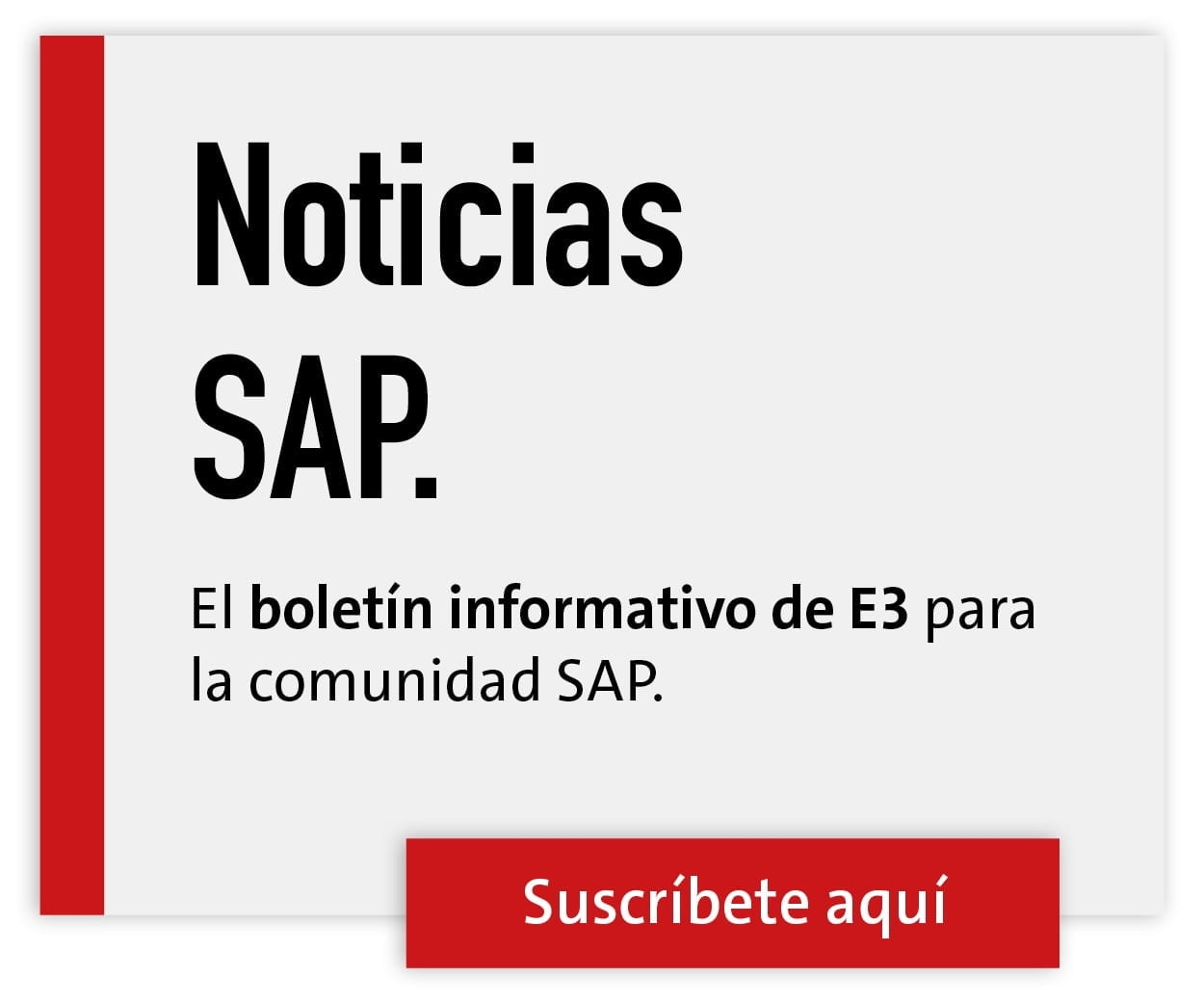SAP's Waterloo


In mid-February, DSAG boss Marco Lenck presented the results of the annual investment survey. Anyone who listened to the results of the SAP press conference shortly beforehand could come to the conclusion that there are two SAP worlds.
In a nutshell: SAP claims to have been successful with cloud computing, S/4 and Hana. Once again, however, DSAG members declare that they are investing in completely different areas.
Could it be that SAP is creating a Potemkin Walldorf with self-defined key figures and imaginative accounting? The DSAG figures are probably to be believed more than SAP's self-defined non-IFRS key figures, according to which cloud computing, S/4 and Hana are an outstanding success.
Here is an illuminating quote from Euro, the magazine for business and money, issue 3/2016, page 33:
"The software group SAP reported preliminary figures for 2015 at the end of January: Operating profit for the full year (non-IFRS) increased by 13 percent. Operating profit (IFRS), on the other hand, was down by two percent, while profit after tax was down by as much as seven percent.
Certain costs for acquisitions, restructuring and legal disputes are excluded.
Nevertheless, the software group points out on its website that the self-defined non-IFRS key figures are only meaningful to a limited extent and that the eliminated amounts could be material for SAP."
(End of quote, and we thank the Euro-author Sabine Gusbeth.)
What DSAG knows
In which areas are DSAG members planning to invest the most in 2016? The top 3 are logistics (46 percent), marketing/sales/CRM (40 percent) and finance (32 percent). Multiple answers were possible here.
Current digitalization projects are being tackled jointly by IT and the business department. And only five percent of the companies surveyed are focusing their investments on S/4, with only a further nine percent planning significant investments.
According to DSAG, IT investments will increase by 2.7 percent this year. This is slightly less than in 2015 (3.5 percent). Nevertheless, slightly more is being spent in the SAP environment. Budgets for SAP investments are at six percent (up 0.6 percent compared to 2015).
A total of 344 people (CIOs and company representatives) from DSAG member companies in German-speaking countries took part in the online survey in December 2015 and January 2016. One contact person from each company was surveyed.
Most of the participants (45 percent) came from companies with between 1,000 and 4,999 employees. 24 companies from Switzerland and 21 from Austria took part.
A comparison with Capgemini's IT trends study reveals a differentiated picture, with traditional topics such as logistics, sales and finance obviously consuming a large proportion of the IT budget, meaning that, according to Capgemini, the CIOs surveyed are spending less money on innovation in German-speaking countries this year:
Not only has the budget for redesigning and replacing IT fallen from 20.9 percent to 16.6 percent, but also expenditure on evaluating innovations (2015: 9.1 percent, 2016 budget: 7.8 percent).
The decline is surprising in view of the fact that 52.3% of CIOs say that expanding digitalization is one of their most important goals this year. However, they are apparently focusing less on innovation at the moment, but are instead approaching digitalization through the networking of information and processes as well as the analysis of their data.
This shows the correlation to the increase in big data usage. The data was collected as part of Capgemini's annual IT Trends Study in September and October 2015. A total of 153 IT managers from large companies in Germany, Austria and Switzerland took part, including eleven companies from the DAX 30.
Digital transformation
The figures show that SAP users are becoming active in the area of digitalization. For 36% of respondents, investing in new business models as part of the digital transformation is important to very important.
44 percent are still undecided. For 20 percent, the topic is rather unimportant. Marco Lenck, CEO of the German-speaking SAP user group, interprets the result as follows:
"New business models and processes are important in order to compete against innovative and agile start-ups. This challenge for CEOs has reached the CIOs. Problems are tackled together. The move into the digital age is taking place side by side."
Further evidence of this is that decisions about SAP investments are increasingly being made jointly. This is the case in over half of companies, according to the 2016 DSAG survey. Uwe Dumslaff, Chief Technology Officer at Capgemini in Germany, comments on his findings on digital transformation below:
"Many companies are still in the early stages of digitalization and need to prioritize their initiatives. That's why they are first analyzing their data in order to develop options for new business models."
But without S/4
Little has changed in the rejection of S/4 by DSAG members since the congress in Bremen last year. In the SAP area, money continues to be spent mainly on classic topics such as rollouts, consolidation and harmonization.
The main S/4 investments are only in the mid single-digit range. With S/4, SAP has positioned itself to provide solutions for the digitalization of business processes.
The picture among DSAG members was already split in the middle of last year. 37 percent of those surveyed did not see the added business value, while eleven percent had not yet engaged with S/4.
On the other hand, six percent have started a project. Four percent of companies have acquired licenses. Around 42 percent are in the process of finding out more.
Although there is now an S/4 price list, which means that existing ECC 6.0 customers can switch to S/4 at a moderate price with a 9,000 euro flat rate, enthusiasm for the new ERP is still limited.
What DSAG members need in order to weigh up the use of S/4 is information on which functions the solution covers. For 72 percent of those surveyed in summer 2015, this was the most important decision criterion.
"The success of an ERP for customers will be determined by functionality. It is the key for digitization projects".
explains DSAG Chairman Marco Lenck.
In the meantime, there is at least the white paper "Simplification List for SAP S/4 Hana, on-premise edition 1511", which explains where the differences between old and new can be found.
However, DSAG members are still investing in other areas: Business intelligence solutions are in the lead when it comes to medium-sized investments. 35 percent of companies see the need to further support their analysis activities in this area.
SAP products relating to Industry 4.0 and IoT (Internet of Things) are slowly moving into focus for a good fifth (22 percent main and medium investments). "The figures for S/4 Hana are remarkable," comments Marco Lenck on the results of the so-called Business Suite successor.
"The product is still quite young. Companies are making their main investments in the mid single-digit range. It shows once again that there are pioneers among our members for the use of new products."
The 2016 DSAG investment survey shows that the majority of members are taking a wait-and-see approach to S/4. This finding is also consistent with the statements made by SAP Chief Technology Officer Bernd Leukert at the 2016 SAP press conference, at which he was only able to present just under 100 operational S/4 customers.
This means that the attitude of DSAG members towards S/4 has not changed much since the annual congress: The respondents had a very clear idea of the classic Business Suite (S/7) as the strategic ERP backbone in the company. 70 percent gave it a high rating, 22 percent a medium rating.
An S/4 operating in the company was strategically relevant for over a quarter. Almost 37 percent considered it to be of medium importance in summer 2015.
Cloud computing disappears
The latest DSAG investment survey clearly shows that SAP cloud products and the Hana cloud platform are lagging behind the mainstream. The Hana cloud platform has definitely not yet arrived on the market, with only one percent of respondents planning to invest in it.
DSAG members were already seeing the same picture six months ago: cloud solutions are falling into the lower single-digit range, according to the annual congress.
"DSAG members have built up a great deal of expertise in the area of Business Suite and trust it to map their processes efficiently and as completely as possible, both today and in the future. Despite innovative products, the future security of the Business Suite must remain in place".
was the demand made by DSAG in Bremen. This means that existing SAP products must also support companies' digitization strategies and be able to be expanded or further developed accordingly.






